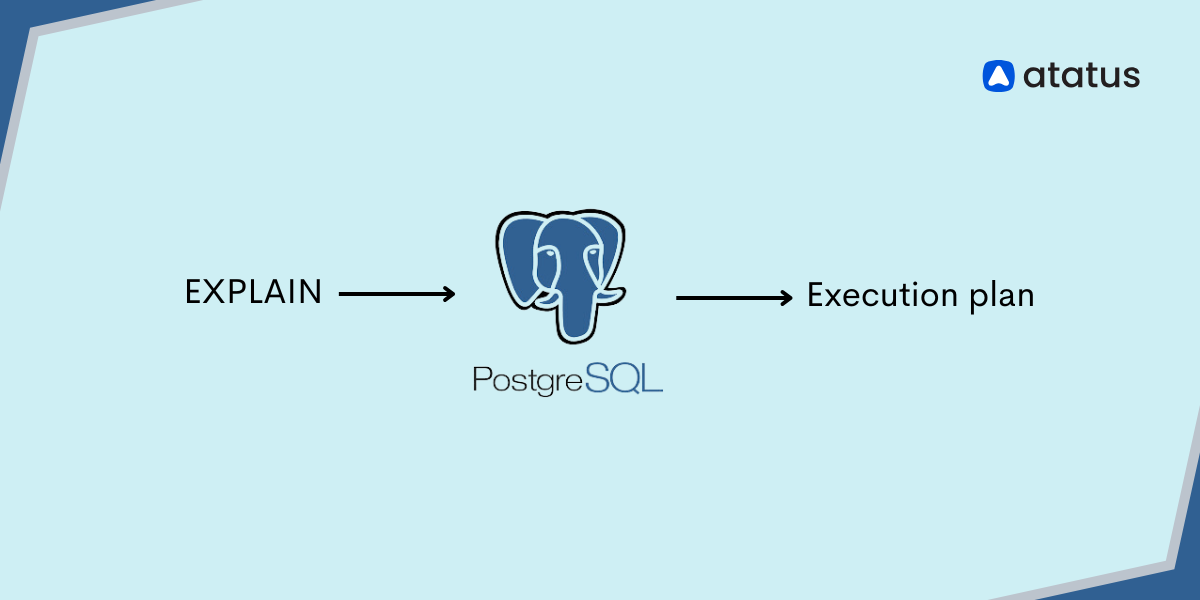Optimizing ClickHouse Performance: Diagnosing and Resolving Common Bottlenecks
ClickHouse, a columnar database designed for high-performance real-time analytics, is excellent at handling large datasets with speed and efficiency. However, performance issues can occur due to factors like unoptimized queries, resource contention, or improper configuration.
As data and query complexity grow, keeping ClickHouse fast can be challenging. This blog will explore common bottlenecks, how to diagnose and resolve them, and include a Python script for automating diagnostics.
Lets get started!
Table of Contents:
- Understanding ClickHouse Bottlenecks
- Key Metrics to Monitor
- Sample Problem and Solution: Slow Queries
- Python Script for Diagnostics
- Advantages of Automation
Understanding ClickHouse Bottlenecks
Here are some common bottlenecks you might encounter:
- Slow Queries: Poorly optimized queries can lead to high latency and resource contention.
- Long-Running Merges: ClickHouse uses background merges for managing parts, but large or frequent merges can overload resources.
- CPU/Memory Contention: Overloaded nodes can lead to query timeouts or crashes.
- Disk I/O and Storage Issues: Insufficient disk throughput can delay queries and merges.
- Network Latency: Poor network configuration can impact distributed queries.
Key Metrics to Monitor
ClickHouse provides several system tables that store performance-related data. By querying these tables, you can monitor important metrics such as slow queries, resource usage, and disk I/O.
Slow Queries:
Use system.query_log to identify slow queries:
SELECT
query,
query_start_time,
query_duration_ms,
memory_usage
FROM system.query_log
WHERE query_duration_ms > 1000 -- Queries taking longer than 1 second
ORDER BY query_duration_ms DESC
LIMIT 10;
Advantages:
- Pinpoints slow-running queries.
- Provides insights into query memory usage and duration.
Merge Issues:
Use system.merges to check for long-running merges:
SELECT
table,
elapsed,
rows_read,
rows_written,
progress
FROM system.merges
WHERE elapsed > 600; -- Merges taking longer than 10 minutes
Advantages:
- Identifies tables with merge delays.
- Helps allocate background merge threads effectively.
CPU and Memory Utilization:
Use system.metrics to monitor resource usage:
SELECT metric, value
FROM system.metrics
WHERE metric IN ('MemoryTracking', 'BackgroundPoolTask', 'QueryThread');
Advantages:
- Tracks memory and thread utilization.
- Highlights resource contention areas.
Disk I/O and Storage Issues:
Use system.parts to analyze table sizes and parts:
SELECT
table,
count() AS part_count,
sum(bytes_on_disk) AS total_size
FROM system.parts
WHERE active = 1
GROUP BY table
ORDER BY total_size DESC;
Advantages:
- Identifies large tables consuming significant disk space.
- Helps in partitioning and part management.
Network Latency:
Use system.clusters to analyze inter-node communication:
SELECT * FROM system.clusters;
Advantages:
- Ensures network configurations for distributed queries are optimized.
Sample Problem and Solution: Slow Queries
Problem:
A query fetching top users by sales is slow:
SELECT
user_id,
sum(sales) AS total_sales
FROM sales_data
WHERE event_date >= '2024-01-01'
GROUP BY user_id
ORDER BY total_sales DESC
LIMIT 10;
Solution:
(i). Check Indexes: Use event_date as a primary key for efficient filtering.
(ii). Use AggregatingMergeTree: Optimize queries with pre-aggregated data:
CREATE TABLE aggregated_sales
ENGINE = AggregatingMergeTree()
ORDER BY (user_id, event_date)
AS
SELECT
user_id,
event_date,
sum(sales) AS total_sales
FROM sales_data
GROUP BY user_id, event_date;
(iii). Query Optimized Table:
SELECT
user_id,
sum(total_sales) AS total_sales
FROM aggregated_sales
WHERE event_date >= '2024-01-01'
GROUP BY user_id
ORDER BY total_sales DESC
LIMIT 10;
Result: Faster execution time due to pre-aggregated data.
Python Script for Diagnostics
Here’s a Python script to automate diagnostics across multiple ClickHouse hosts:
import argparse
import clickhouse_connect
# Top-level variables
SLOW_QUERY_THRESHOLD = 1000 # in milliseconds
MERGE_ELAPSED_THRESHOLD = 600 # in seconds
MEMORY_THRESHOLD = 80 # in percent
def connect_to_clickhouse(host, port, user=None, password=None):
return clickhouse_connect.get_client(
host=host, port=port, username=user, password=password
)
def check_slow_queries(client):
query = """
SELECT query, query_duration_ms
FROM system.query_log
WHERE query_duration_ms > %(threshold)s
ORDER BY query_duration_ms DESC
LIMIT 10;
"""
return client.query(query, {'threshold': SLOW_QUERY_THRESHOLD}).result_rows
def check_long_merges(client):
query = """
SELECT table, elapsed
FROM system.merges
WHERE elapsed > %(threshold)s;
"""
return client.query(query, {'threshold': MERGE_ELAPSED_THRESHOLD}).result_rows
def main():
parser = argparse.ArgumentParser(description="ClickHouse Diagnostics")
parser.add_argument('--host', action='append', required=True, help='ClickHouse host')
parser.add_argument('--port', type=int, default=9000, help='ClickHouse port')
parser.add_argument('--user', help='ClickHouse username')
parser.add_argument('--password', help='ClickHouse password')
args = parser.parse_args()
for host in args.host:
print(f"Connecting to ClickHouse at {host}:{args.port}...")
client = connect_to_clickhouse(
host, args.port, args.user, args.password
)
print("Checking slow queries...")
print(check_slow_queries(client))
print("Checking long-running merges...")
print(check_long_merges(client))
if __name__ == "__main__":
main()
Advantages of Automation
- Faster Diagnostics: Quickly identify root causes.
- Customizable: Adjust thresholds for specific environments.
- Multi-Host Support: Diagnoses multiple ClickHouse nodes in a cluster.
Conclusion
Optimizing ClickHouse is an ongoing process that requires monitoring, analysis, and adjustments. By using system tables, best practices, and automation scripts, you can maintain peak performance and ensure a seamless analytical experience.
#1 Solution for Logs, Traces & Metrics
APM
Kubernetes
Logs
Synthetics
RUM
Serverless
Security
More





